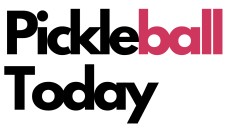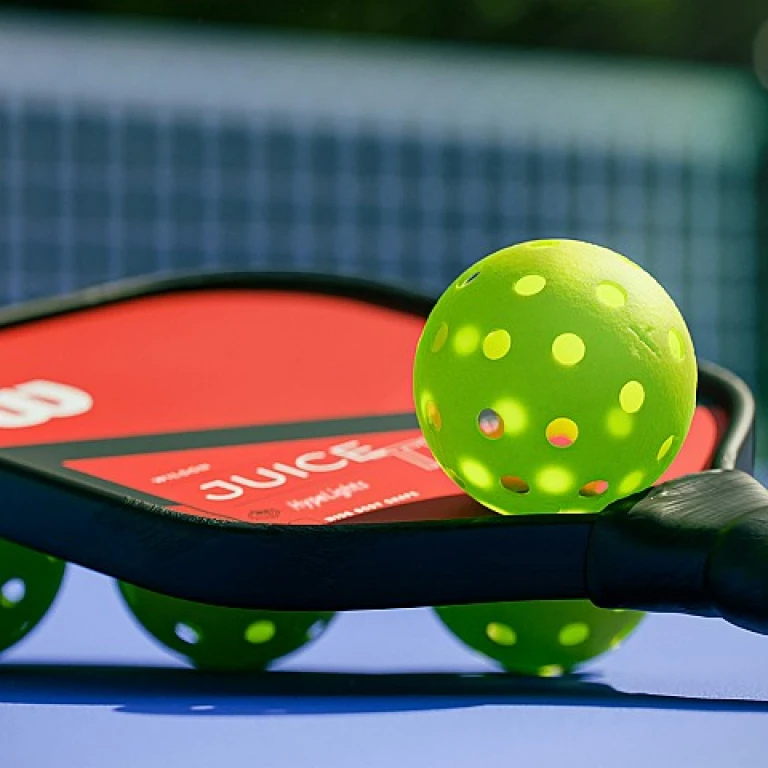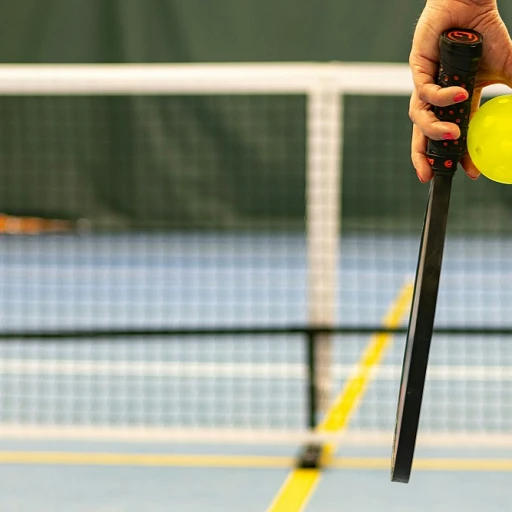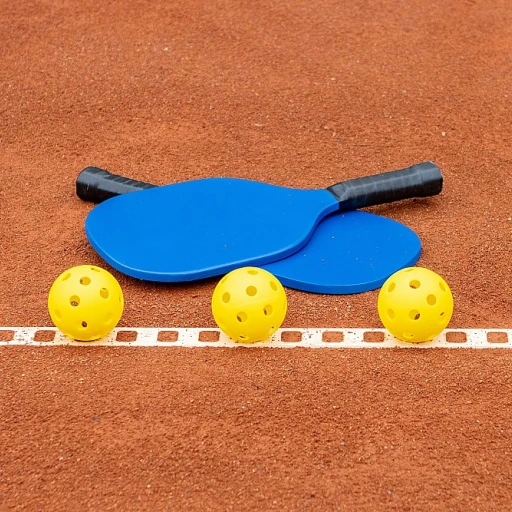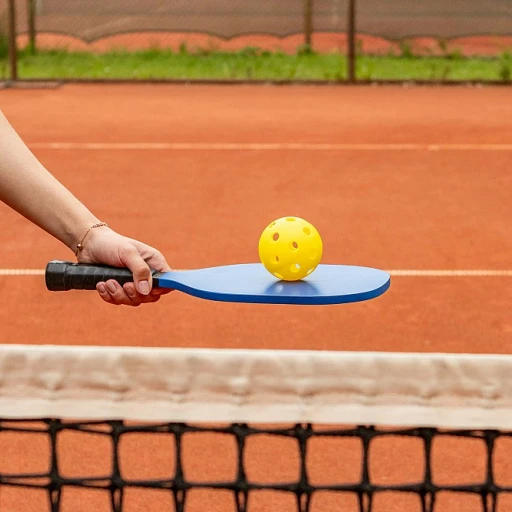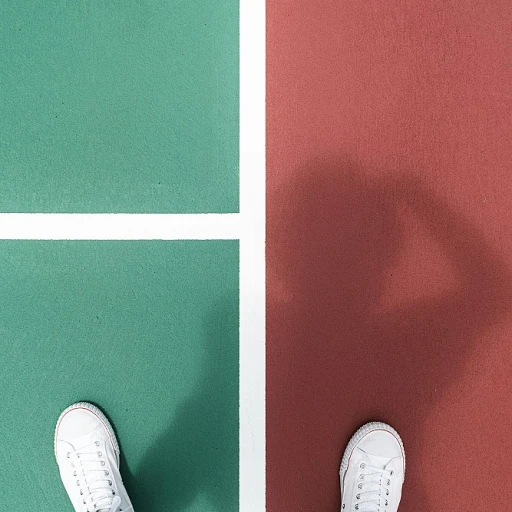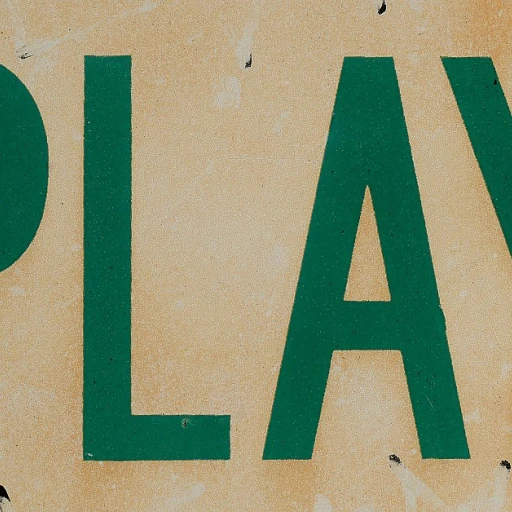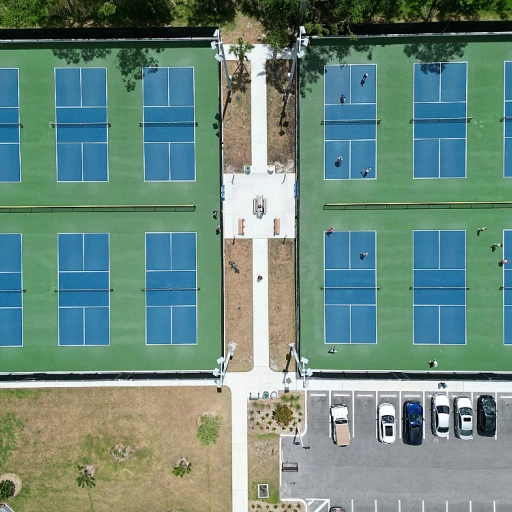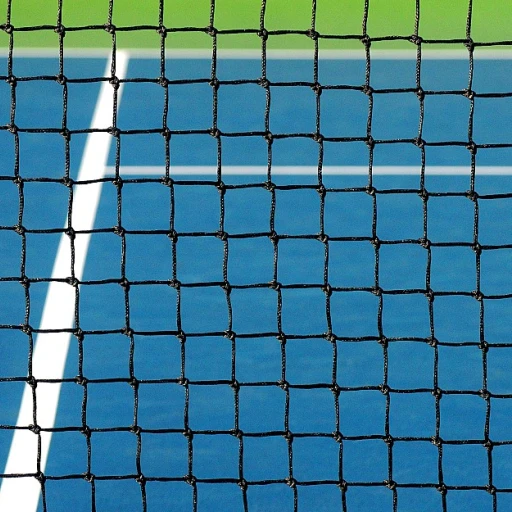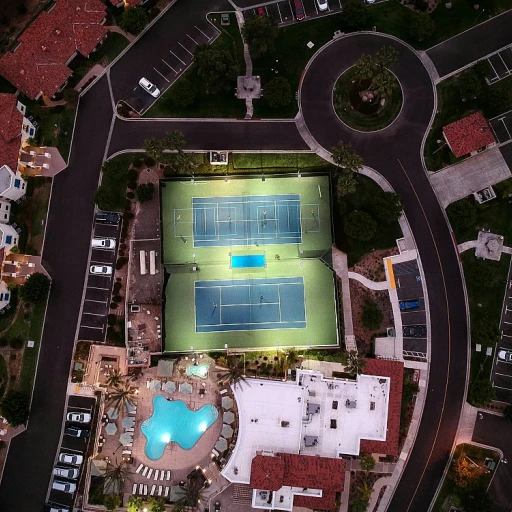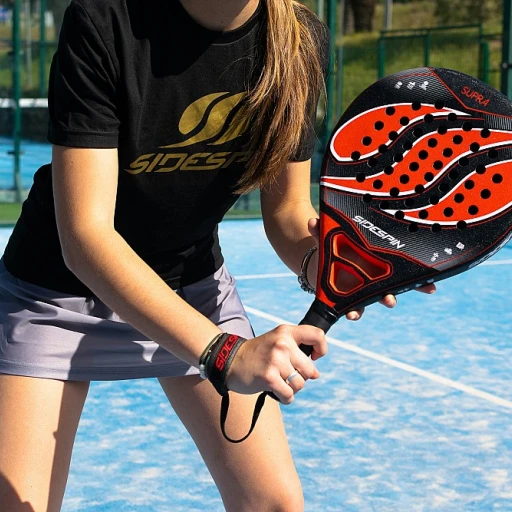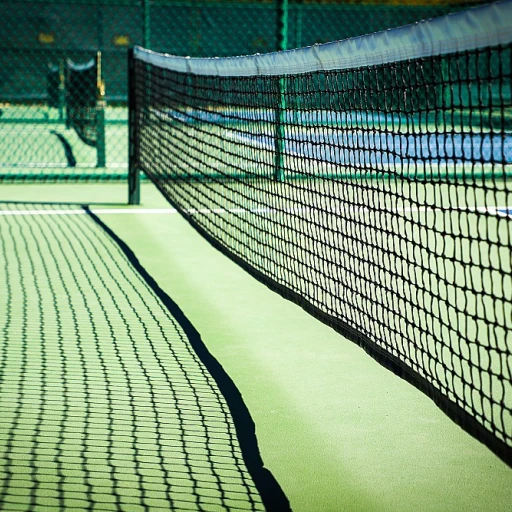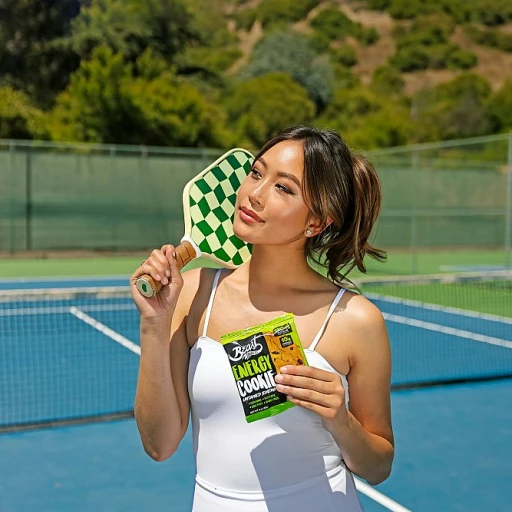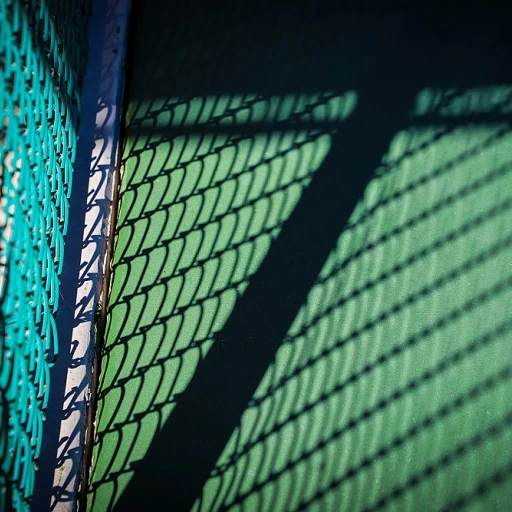
The Role of Bounce in Pickleball
Importance of Bounce in Pickleball Matches
The bounce in pickleball significantly influences the overall play dynamics and strategies used by players. It's crucial not only for mastering different shots, but also for understanding the pacing of the game. In essence, grasping how the ball bounce reacts on varying pickleball courts is fundamental for any player looking to enhance their skill level in the sport.
On a typical pickleball court, whether in Wilmington, Malvern Pennsylvania, or elsewhere in the United States, players will experience varying bounces depending on the court surface type. Each court texture affects how high the ball will bounce, which in turn dictates player positioning and shot selection. This aspect of the game becomes even more crucial during competitive events such as a round robin or club matches.
The role of bounce also extends beyond the court surface. It's affected by the ball and paddle used in play. Depending on whether the ball comes from a more renowned brand bounce or if one's paddle technology is up-to-date with recent innovations, adjustments in playstyle may be necessary. Understanding these dynamics allows for a style bounce that favors skillful play.
Effective control over the ball's bounce ensures that players can adapt and maintain competitiveness, regardless of changing conditions across various clubs in the Brandywine Valley or during open play sessions. For those looking to delve deeper into the nuances of equipment that may influence bounce, resources such as a study on the raptor x omega pickleball offer keen insights into optimizing one's game.
Different Court Surfaces and Their Impact
Influence of Surface on Bounce
The type of surface you play on significantly impacts the bounce of the pickleball, which in turn influences how you need to adjust your play. Different court surfaces will either enhance or dampen the ball's bounce, altering your strategy and style bounce during match play. Common surfaces include asphalt, concrete, wood, and synthetic materials, each offering a unique bounce characteristic.
Asphalt and concrete, often used in outdoor pickleball courts, are known for providing a high bounce. Players in clubs from Wilmington to Malvern, Pennsylvania, may find such surfaces encourage a more aggressive style of play since the ball reacts quickly, requiring faster reflexes and a skill level that anticipates rapid changes.
Indoor courts, like those at Morehall Malvern, may use wood or synthetic surfaces. These tend to have a softer bounce. As a result, games on these courts are often slower-paced, which could be beneficial for players developing their technique or those preferring a strategic game with more control over the ball.
It's essential for players and clubs to consider the court surface's impact on game dynamics when planning games or open play events. Understanding these differences helps players anticipate how the courts will affect their serve, play bounce, and overall strategy.
To explore more on how different surfaces and environments can impact pickleball play, check out this guide on unique gifts for pickleball enthusiasts, which also provides some interesting insights into how gear adapts to various play conditions.
Ball Types and Bounce Characteristics
Exploring Ball Dynamics on the Court
Understanding the nuances of pickleball means diving deep into ball types and their unique bounce characteristics. The nature of the pickleball itself plays a significant role in how the game unfolds on various courts, influencing the way players experience the match and execute their skills. When stepping onto pickleball courts, whether in Wilmington or the expansive club Malvern in Pennsylvania, players encounter different ball types that interact distinctively with the court surfaces. Each has its own style bounce, affecting the overall play.- Outdoor vs. Indoor Balls: Outdoor balls, designed for play in more open environments, are typically harder, heavier, and feature smaller holes, resulting in a faster and lower bounce. Conversely, indoor balls are lighter, possess larger holes, and offer a softer bounce, affecting how players approach their serves and volleys.
- Material and Construction: The material composition and construction of the ball will influence court interactions. For example, balls with higher durability materials maintain their bounce characteristics longer, impacting longevity and consistency in play. These details become crucial in competitive settings, like in a round robin, where consistent bounce predictability provides players an edge.
- Impact of Weather Conditions: The pickleball skill level can also dictate ball choice, as advanced players tend to prefer balls that provide more control. Variations in weather, such as humidity and temperature, can affect ball bounce even more. In cooler climates, the bounce reduces, while in warmth, it increases, compelling players to adjust their strategies accordingly.
Techniques to Control Bounce
Mastering the Art of Controlling Bounce
Efficient control of bounce is crucial in pickleball play, particularly when players seek to dominate on various courts. Whether it's at a local pickleball club in Wilmington or during a competitive match in the United States, understanding how to manipulate the bounce can significantly enhance your performance.
For players interested in mastering this aspect, several techniques can be employed:
- Paddle Position: The angle and velocity you use when holding the paddle directly affect the ball's bounce. Adjusting your grip can alter the trajectory, especially on different courts.
- Serve Styles: By varying serve styles, players can manage the ball's bounce pickleball kinetics. This can disrupt opponents' rhythm and lead to advantageous points in matches like those at the Club Malvern or during open play events.
- Body Dynamics: Your position relative to the ball will impact control over the bounce. Players with elevated skill levels often position themselves proactively to predict and adjust to the ball’s timing and style bounce.
For further refinement of these techniques, pickleball enthusiasts may consider local clubs near Malvern Pennsylvania, where teams will often provide ample opportunities for practice in environments that span a variety of court types and materials, each influencing the game differently. Additionally, the round robin format available at certain clubs encourages diverse play against opponents, enhancing one’s ability to adapt to varying bounce mechanics.
Recognizing how to control the bounce not only boosts your game but also increases enjoyment during play. Whether you are at Brandywine Valley courts or elsewhere, refining these techniques fills a player with the confidence to face any challenge posed by the unpredictable nature of the pickleball.
Bounce and Player Skill Levels
Player Proficiency and Bounce Control
In pickleball, mastering the dynamics of bounce is akin to achieving an art form that elevates the player's entire game style. A player’s skill level significantly influences how they adapt their techniques on various pickleball courts, especially as they interact with the unique bounce characteristics of the ball and court surfaces.
For beginners stepping into the courts of Malvern, Pennsylvania or joining a pickleball club anywhere in the United States, grasping the role of bounce is essential. Understanding how each pickleball responds upon hitting the surface can dramatically influence the match outcomes. Advanced players, possibly those partaking in an open play or a round robin session, will strategically manipulate the ball’s bounce to outmaneuver their opponents.
In places like Malvern or Wilmington, where court surfaces may vary from the slick club floors to free outdoor courts, players refine their paddle skills to adjust their serves and plays. This adaptation is crucial as it determines whether a point is won or lost based on a single serve.
Furthermore, experienced teams and individual players focus on their paddle selection, shaping their play bounce style. They often make informed decisions based on the paddle's response to different bounces. Clubs such as Morehall Malvern, which is nestled in the heart of the Brandywine Valley, offer venues where players enhance their capabilities through repeated play sessions, allowing their bounce control techniques to evolve continuously.
Ultimately, attentiveness to details like bounce nuances can make a dramatic difference between playing at a recreational level and competing at a competitive scale, as players' skills will fill the gap in performance. As the trend of pickleball continues to soar across Malvern USA and beyond, honing these skills becomes integral to any pickleball enthusiast or team aiming for growth in this dynamic sport.
